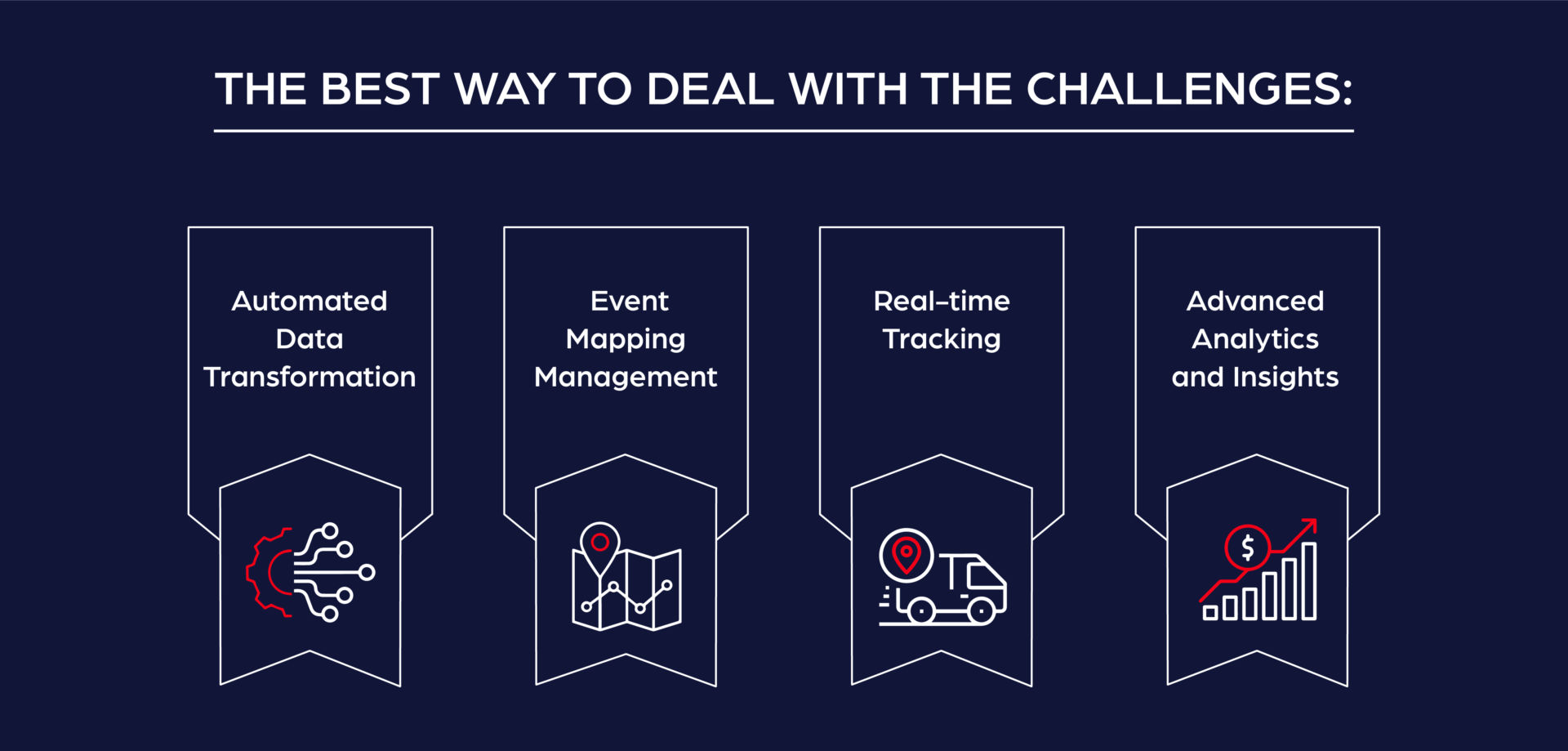What is Parcel Tracking Data Standardization and Why it Matters
BlogsIt’s no secret that all businesses struggle with meeting customer expectations and delivering exceptional experiences. In the e-commerce and logistics world, this challenge becomes way more nuanced for any 3PL, logistics service provider or aggregator that works with multiple shipping carriers and manages a large volume of orders on a monthly basis.
Consumers want real-time information on their orders. The brands or marketplaces that they shop from are held responsible for any delays or inaccuracies in communication. The brands or marketplaces in turn rely on their logistics service providers to present them with the most accurate tracking information in real time.
But how can one unify tracking information from several different carriers and locations? If you have the right technology, you can easily standardize your parcel tracking data, and do it at scale. Before we get into the details, let’s look at some basics of tracking and understand how this concept works.
What is a Tracking Event?
A tracking event refers to a specific milestone or update in the journey of a parcel from its origin to its destination. It encompasses all the information related to the movement and status of a package. For example, when a carrier collects the parcel from the sender’s location, it is recorded as a tracking event, such as “Package picked up.”
Raw Tracking Events vs. Standardized Events:
Raw tracking events are the tracking data received directly from various carriers, often in their proprietary formats. They lack uniformity and consistency, making it challenging to compare and analyze data across carriers. For instance:
- Carrier A may have a raw event “In Transit – Shipment on the way” for a package in transit.
- Carrier B may use a different raw event “Package en route.”
Standardized events provide a unified format for tracking data, simplifying integration and analysis. In this case, both raw events could be mapped to a standardized event “In Transit,” ensuring consistent representation across carriers.
What is Parcel Tracking Data Standardization?
Parcel tracking data standardization is the process of bringing consistency and uniformity to raw tracking data generated by different carriers. It establishes a common framework for representing and organizing tracking events, regardless of the carrier. Through event mapping and transformation, raw tracking events are converted into standardized events, ensuring data harmonization and facilitating integration and analysis.
Why Parcel Tracking Data Standardization Matters:
Companies who work with large volumes of parcels, with several different shipping carriers, and often in multiple geographies struggle with siloed and inaccurate parcel tracking data. Investing in the right Parcel Tracking technology can help scale a logistics or 3PL business, run it with more efficiency, and ultimately delight customers. Here are some of the benefits of standardizing your parcel data:
![]()
- Enhanced Visibility: Standardized tracking data provides a holistic view of a parcel’s journey, enabling businesses to track its progress, identify bottlenecks, and make informed decisions to improve operational efficiency.
- Streamlined Analytics: Standardized data simplifies the analysis process by eliminating discrepancies, allowing businesses to gain insights, identify trends, and measure performance metrics accurately.
- Improved Customer Experience: With standardized tracking events, businesses can provide customers with real-time, consistent updates, instilling confidence and trust in the delivery process.
Challenges Associated with Parcel Data Standardization:
If a business is not standardizing its raw tracking events or doing it manually, then it can face many challenges that can be detrimental to growth and revenue.
- Data Variability: Inconsistent formats, terminologies, and codes across carriers make data integration and standardization complex.
- Large Volume of Parcel Data: Parcel data is voluminous, and manually managing or mapping this data is time-consuming and prone to errors. A scalable and automated approach is required to handle the volume effectively.
- Carrier Integration: Integrating with multiple carrier systems and retrieving tracking data in a unified format can be challenging.
- Scalability: As businesses grow and onboard new carriers, maintaining and updating event mappings can become overwhelming.
The Best Way to Deal with the Challenges:
To overcome the challenges associated with parcel tracking data standardization, a reliable parcel tracking system is essential. Such a system offers the following benefits:

- Automated Data Transformation: The system automates the transformation of raw tracking data into standardized events, reducing manual effort and errors.
- Event Mapping Management: It provides a user-friendly interface to manage event mappings, enabling businesses to adapt to changes in carrier systems and expand their carrier network seamlessly.
- Real-time Tracking: A parcel tracking system offers real-time tracking updates, allowing businesses and customers to monitor parcels’ progress at every stage.
- Advanced Analytics and Insights: The system provides advanced analytics capabilities, empowering businesses to derive actionable insights from standardized tracking data, optimize their supply chain operations, and make data-driven decisions.
In conclusion, parcel tracking data standardization plays a crucial role in optimizing supply chain operations and delivering exceptional customer experiences. By transforming raw tracking events into standardized events and leveraging a reliable parcel tracking system, businesses can unlock enhanced visibility, streamlined analytics, and improved customer satisfaction. Embracing standardized tracking data empowers businesses to navigate challenges, make informed decisions, and stay competitive in today’s dynamic marketplace.
